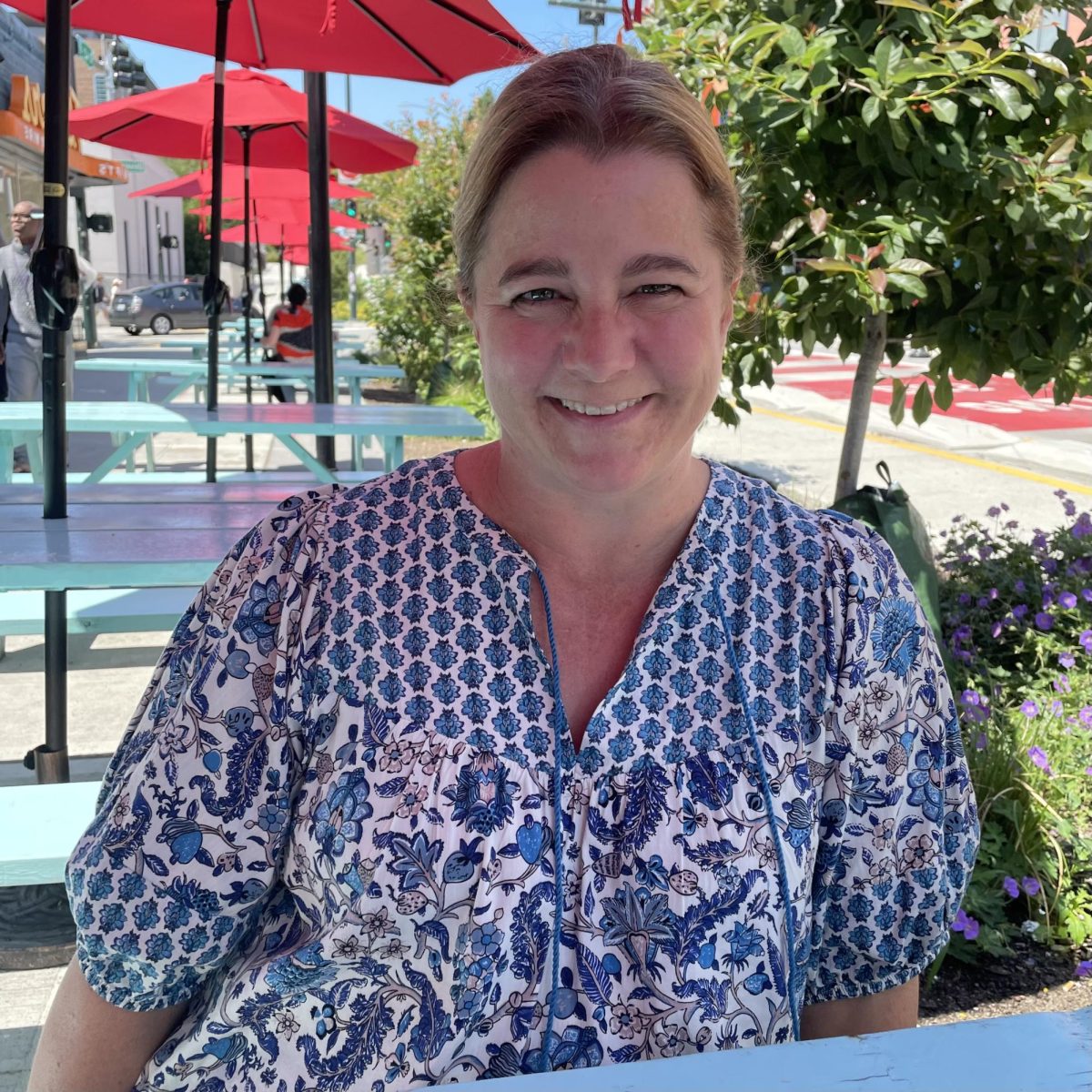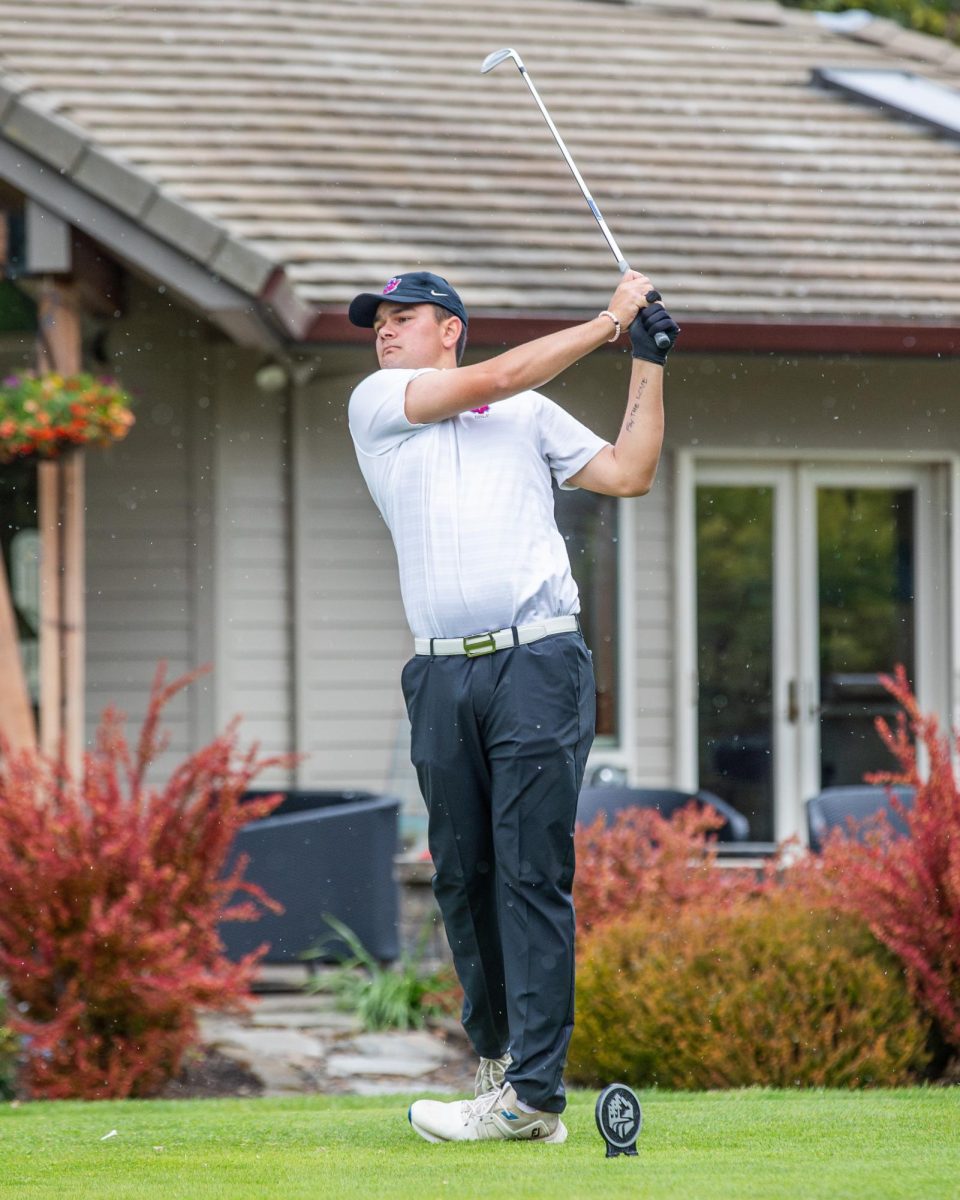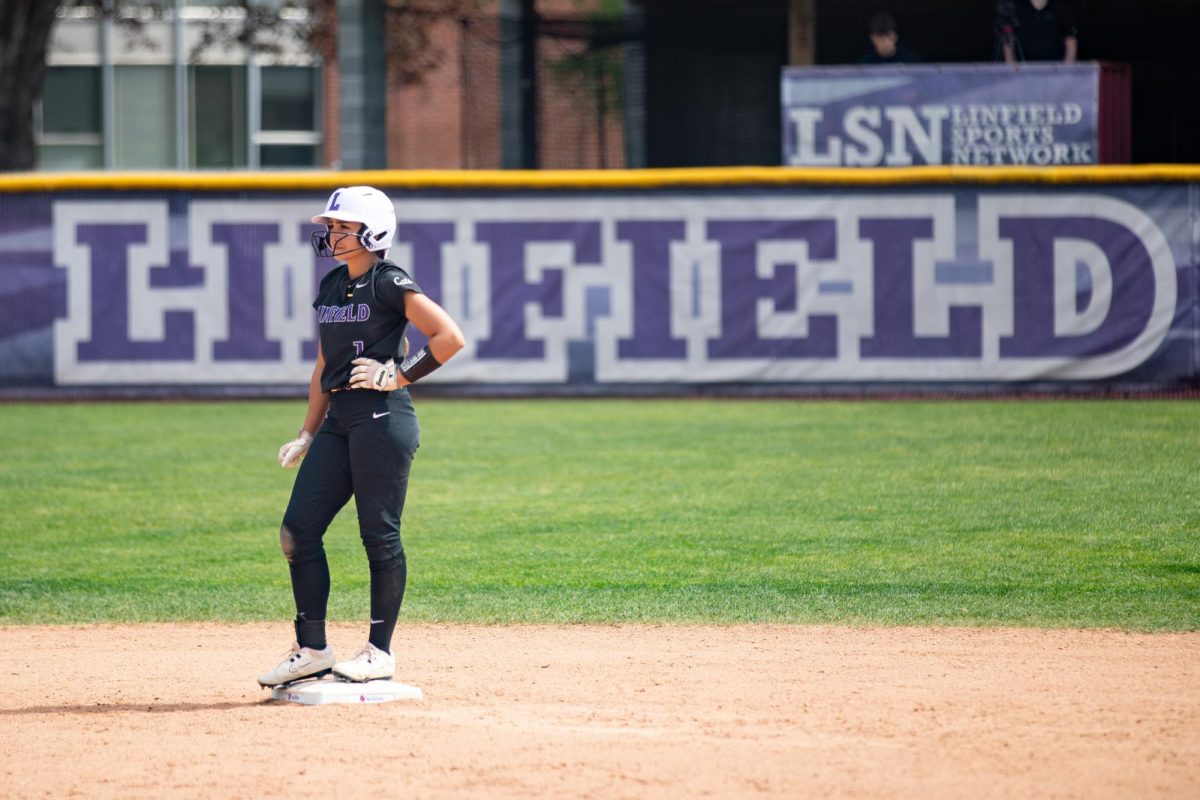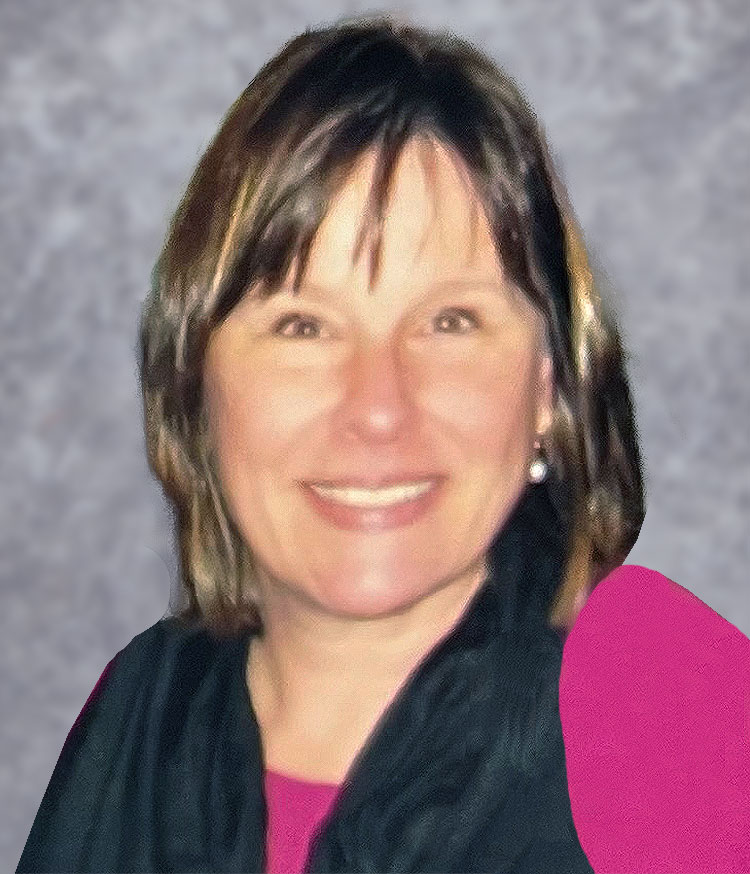In the midst of his high school wrestling season, bruises came to swallow young Doug Hire’s arms and legs.
Wrestling is a grueling sport featuring a lot of contact, but he knew something just wasn’t right. His parents and coach agreed with his assessment. It was time to see a doctor.
At age 16, Hire walked into the doctor’s office searching for an explanation for the easy bruising and accompanying fatigue he was feeling. After days of being pricked with needles, he got the dreaded diagnosis—acute lymphoblastic leukemia, known as ALL for short.
According to the National Bone Marrow Program’s Web site, ALL is a rapid-growing cancer of the white blood cells. Each year, 4,000 people, most of them children, are diagnosed.
In a matter of days, Hire was forced to make the transition from a three-sport athlete fighting for points on the scoreboard to a cancer patient fighting for his life. And his chances of someday playing in the National Football League, a long-held dream, were fading fast.
Hire immediately began a round of chemotherapy at a military hospital in his hometown of Pearl City, Hawaii.
He underwent treatment until the spring of his junior year at Linfield, while holding down a starting spot on the Wildcat football team.
During his first year of treatment, Hire had to undergo daily injections. He has the scars to prove it.
The mark on his left hand leaves a reminder of the frequent insertion of intraveinals. Eventually, he began leaving the tubing in place for three to four weeks at a time to reduce the number of painful repeat insertions.
And the scars on his lower back? Those are a legacy of deeper and imminently more painful injections to tap his spinal fluid or the blood in his bone marrow.
The tests were performed to see if the disease was spreading via his spinal fluid or blood, potentially infecting new parts of his body. In the first year alone, he had to endure 12 of each test.
Hire said the bone marrow tap was the worst. He likened the pain of the needle probing deep into his flesh to receiving a punishing kick from a horse.
In addition to his painful regimen of needle insertions and the nausea associated with chemotherapy, he had to deal with high school peers who viewed him with something akin to horror as he walked the halls.
“I was suddenly a foreigner,” he said.
Hire said fellow students would come up to him in tears sometimes and ask plaintively, “Are you going to die?”
He said it was hard to take, but he pushed through.
From the moment of his diagnosis, he never let doubt enter his mind. He was not going to let leukemia end his life prematurely.
He remembers throwing up in his lap. He remembers watching acne overwhelm his face, a byproduct of protozoid, his steroid medication.
But he remained resolute in his treatment program. As a result, he went into remission within a year of his diagnosis.
Although he describes his ordeal as hell, he said, he learned a lot at an early age.
During the many weeks he spent in the hospital, he had time to reflect on what he wanted to accomplish. His top goals were to earn a college degree, play in the NFL, get married and have kids.
Before he was diagnosed with leukemia, Hire had a bevy of Division I schools interested in recruiting him for football. But they quickly lost interest because of his illness.
Then Ad Rutschman, head coach at then-NAIA Linfield, flew in for a recruiting visit. He never asked about Hire’s leukemia, a topic that consumed other coaches.
Rutschman said he wasn’t sure at the time if Hire would be able to play again. However, he said he was willing to give him the chance.
“If he were able to play football, that would be a bonus for him and a bonus for us,” Rutschman said.
As soon as Rutschman uttered the words, “I want you to come play for me,” Hire was sold.
He packaged together enough loans, grants and scholarships to make it pencil out financially, but it was no easy ride physically, as he still faced three and a half more years of chemotherapy.
His first year at Linfield, he had to undergo weekly blood testing at the Oregon Health & Science University in Portland. He also had to undergo monthly bone marrow and spinal taps at the military hospital in Tacoma, Wash.
Rutschman said Hire missed a day or two of practice after each of his chemo treatments, but he never complained. In fact, he never talked about it at all.
Hire would schedule his treatment for early in the week so he’d be ready to go on game day. And it paid off.
He earned a degree in physical education with a minor in mathematics. He only suffered four losses on the football field during his entire Linfield career. He was an honorable mention All-American in 1985, a first team All-American in 1986 and an academic All-American in 1986.
Next up for Hire? Realizing his dream of playing in the NFL.
He got through mini-camp with the New York Jets, but his contract was terminated on the eve of the season. He chose to come back to Linfield to complete his student teaching and serve as an assistant football coach.
Then he got his chance to play at the highest level of football, the NFL. He was recruited as a fill-in by the Seattle Seahawks in the wake of the players’ strike and saw action in three games.
“It was the greatest memory of my life,” Hire said.
He went on to try his hand in the Canadian Football League before returning to Oregon and applying for teaching jobs. The lure of the NFL quickly intervened again, but only briefly.
Hire was invited to Phoenix to try out for the Arizona Cardinals. While he was at training camp, he got a phone call from a school interested in interviewing him.
He was faced with a hard decision: Should he continue chasing his NFL dream or let it go?
Hire opted for the interview and landed a teaching position at Sprague High School in Salem. He followed up by proposing to his longtime girlfriend, Teresa.
In 2000, Hire was named associate athletic director for facilities at Linfield. With it came the job of associate head coach on the football team, working primarily with linemen.
Although he had also been offered the head coaching position at Willamette University, an arch-rival of Linfield, he felt it was the right decision to come back to his alma mater.
“It was time to give back and teach what I’d been taught, share what I’d learned,” he said.
Hire’s story has not been forgotten, as Rutschman clearly illustrated when he said Hire’s was a great story of overcoming adversity.
“He came to us as a rough nugget and left as a polished gem,” Rutschman said. “He developed, matured and ended up being not only a better football player, but a better person.”






